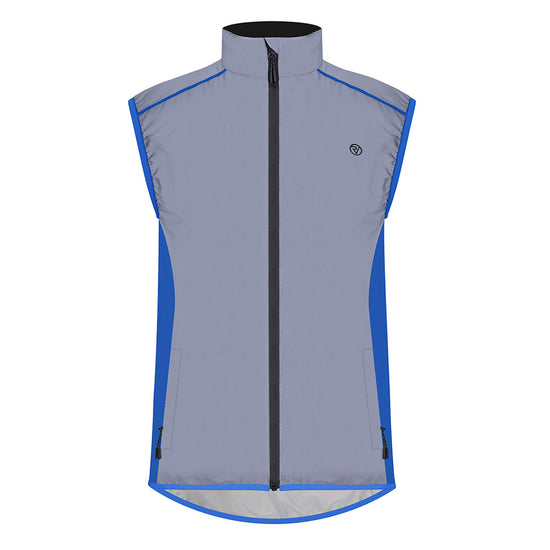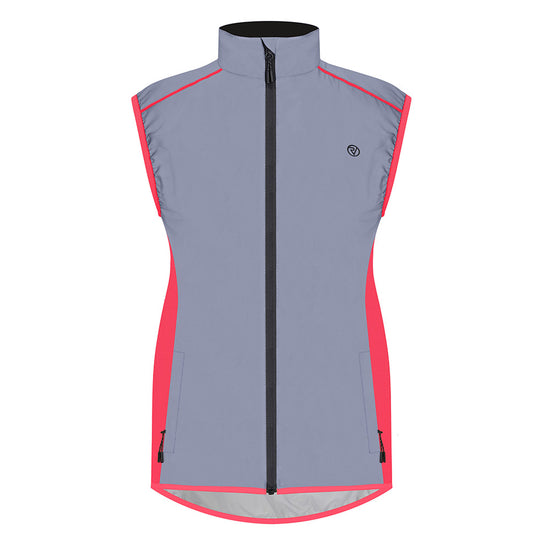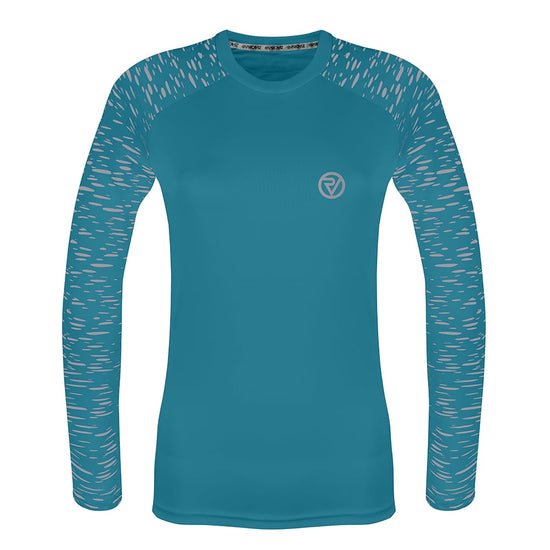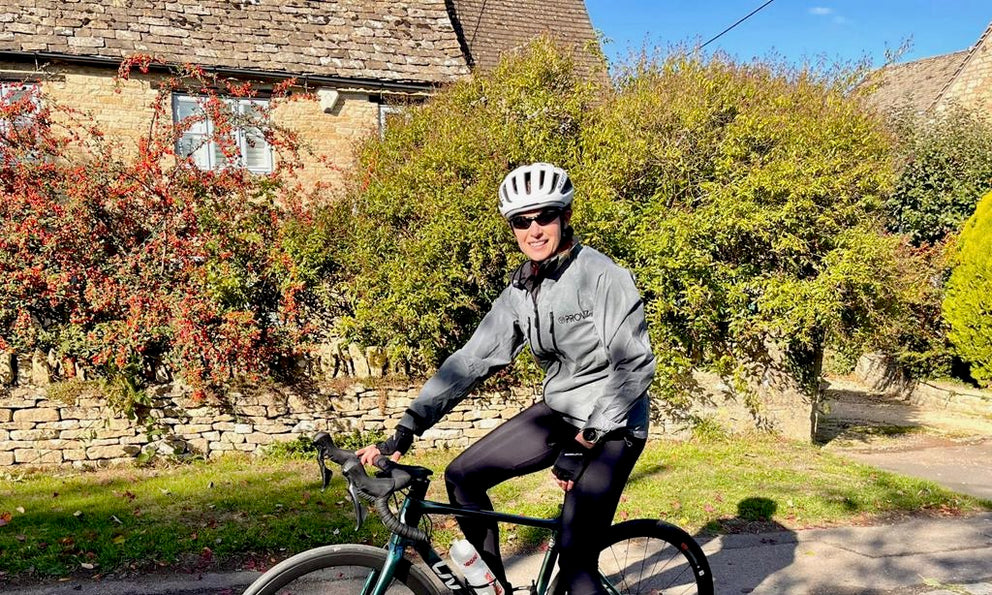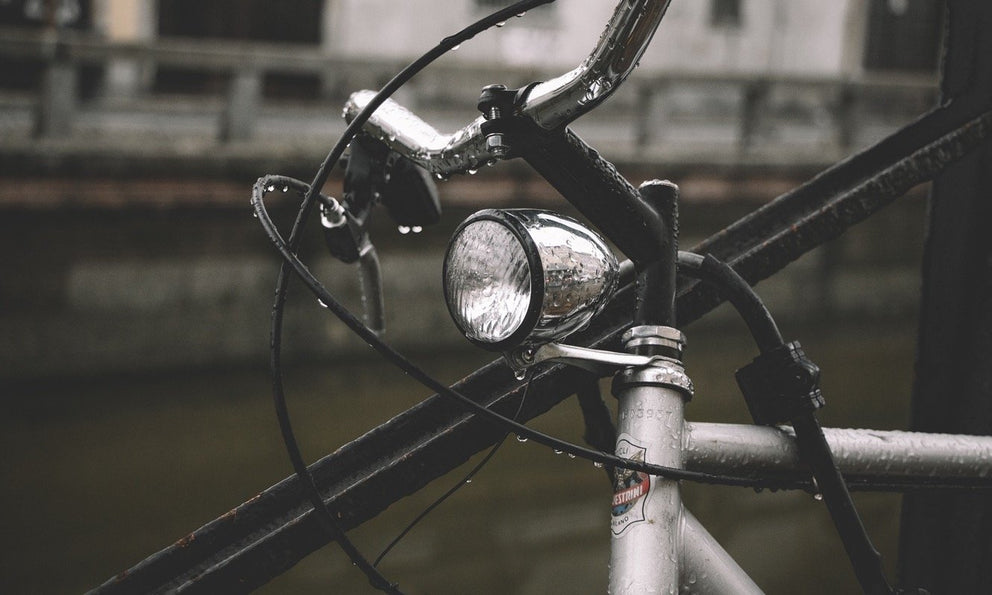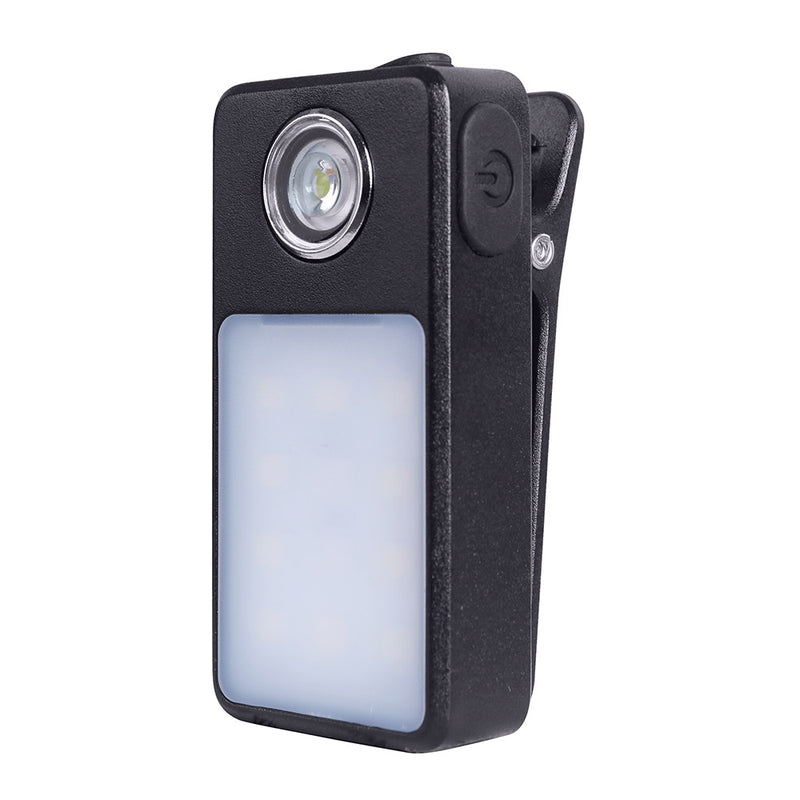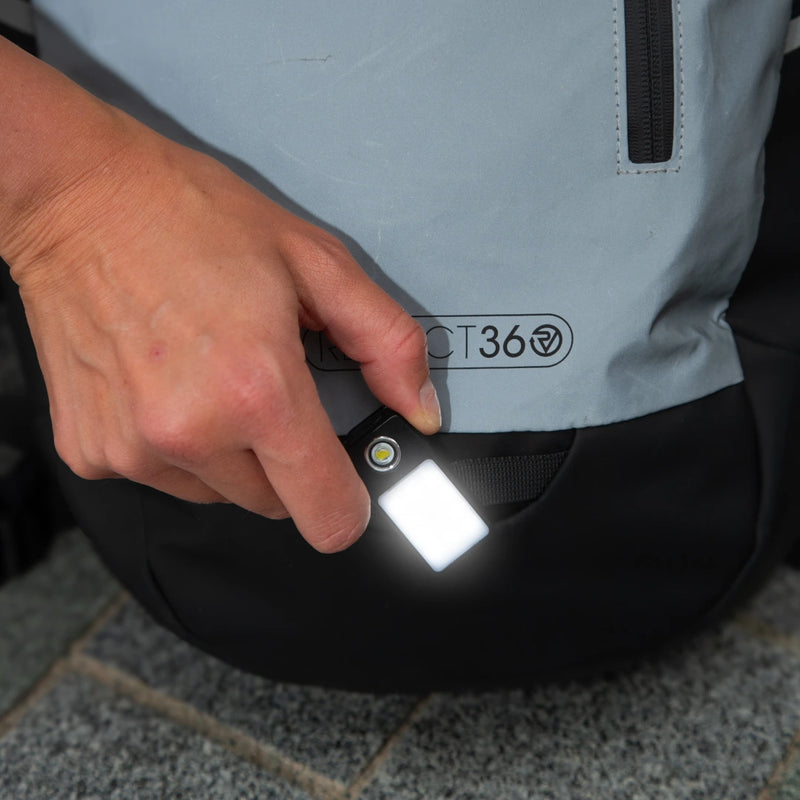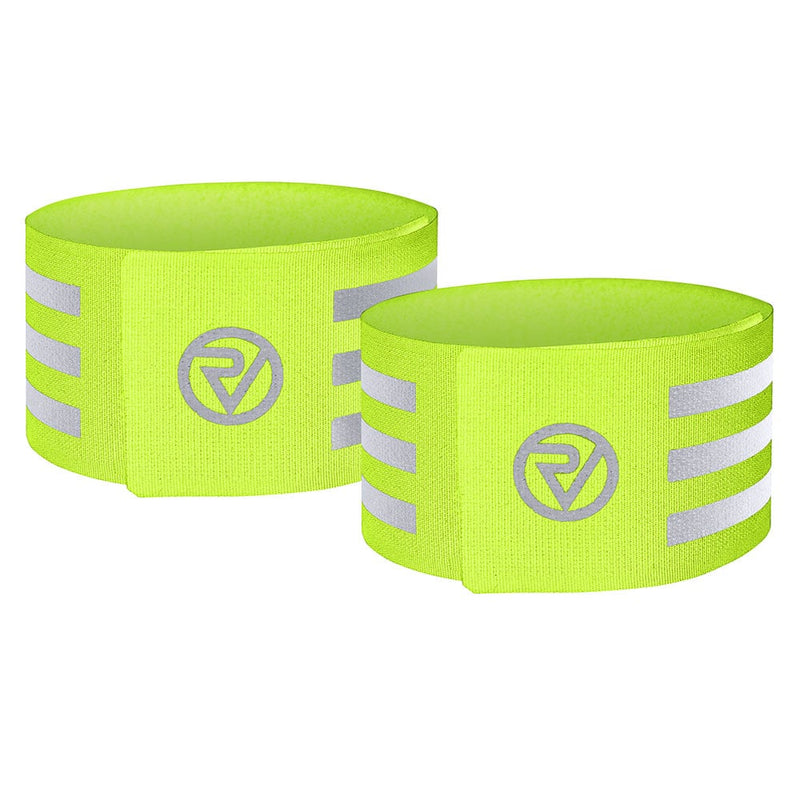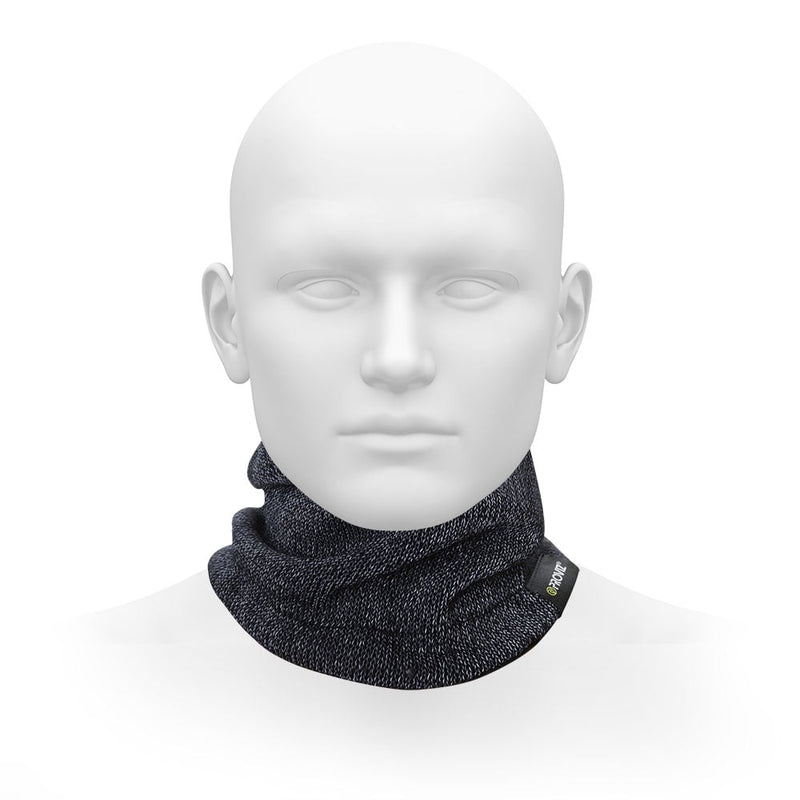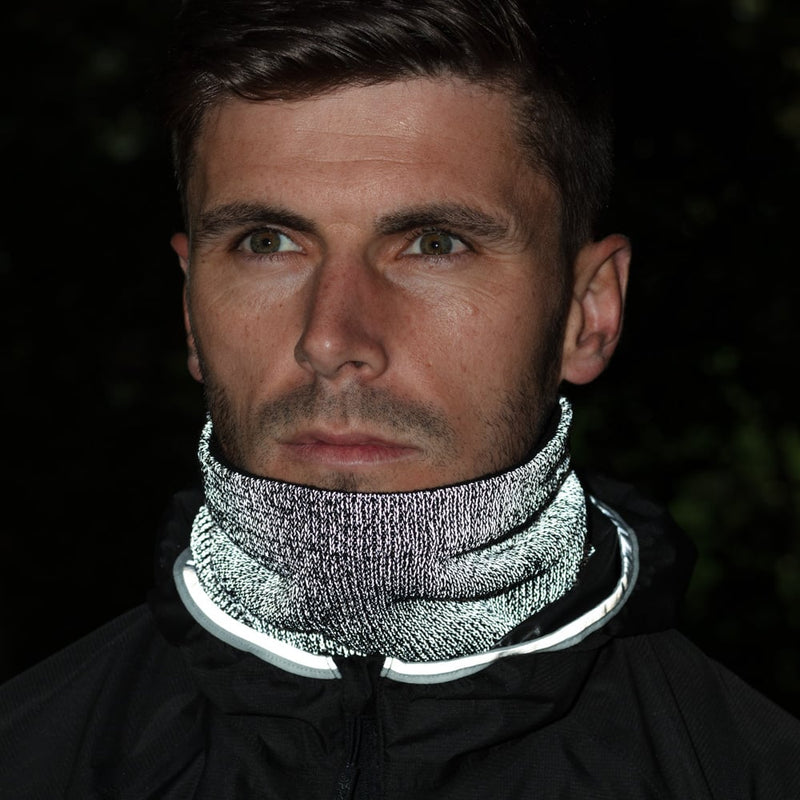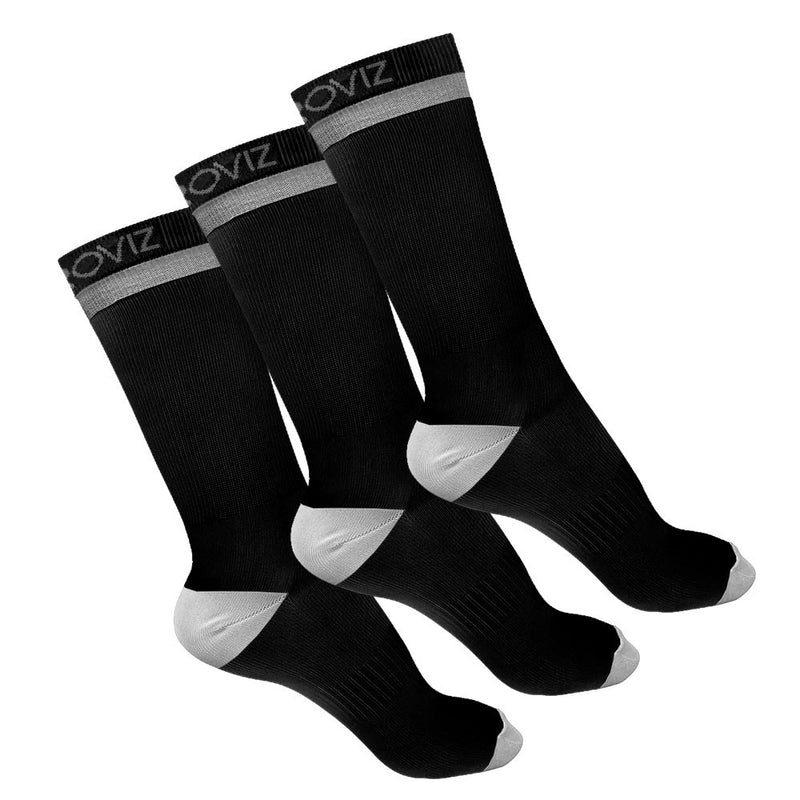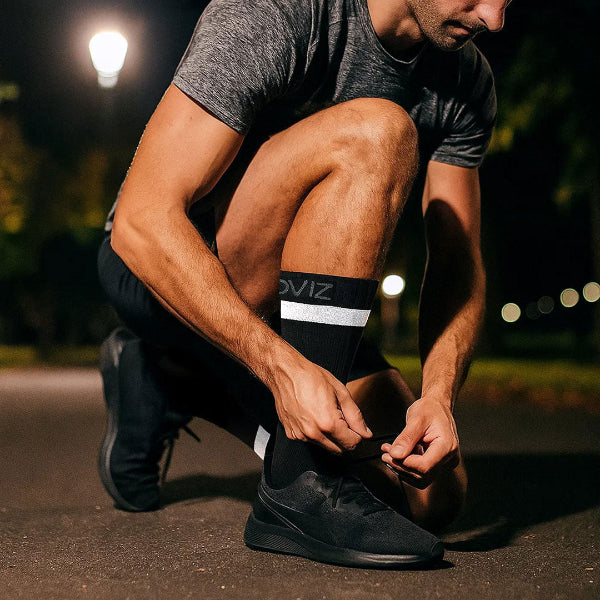The winter months tend to be a little hard on us all – from getting soaked during the morning commute, to coming down with a dreaded winter cold. But spare a thought for our two-wheeled friends. As well as taking care of ourselves this winter, your bike could do with a little TLC – or ‘winterproofing’ – as well.
 Winterproofing refers to the maintenance and adjustments you can make to your bike to ensure that it runs smoothly and safely throughout the winter. As conditions on the roads become more unforgiving, there are things you can do to ensure a smoother ride.
Winterproofing refers to the maintenance and adjustments you can make to your bike to ensure that it runs smoothly and safely throughout the winter. As conditions on the roads become more unforgiving, there are things you can do to ensure a smoother ride.
To help, we spoke to Adam Phipps, owner of bike shop ‘Birdie Bikes’ in Hampton, Middlesex. Outlining the need for regular bike maintenance, he says: “Winter months are without a doubt the toughest for a bicycle within a calendar year.
 “For commuters, conditions are usually wetter and when the cold weather sets in, the salt and grit used to de-ice the roads along with worse road surface conditions can deteriorate a bicycle’s condition rapidly. For off-road leisure cyclists conditions are usually wetter and hence muddier.”
“For commuters, conditions are usually wetter and when the cold weather sets in, the salt and grit used to de-ice the roads along with worse road surface conditions can deteriorate a bicycle’s condition rapidly. For off-road leisure cyclists conditions are usually wetter and hence muddier.”
These wintery conditions mean that the Birdie Bikes team regularly see some common problems, such as:
- Seized or corroded brake cables
- Seized or corroded gear cables
- Corrosion and wear to bearings such as bottom brackets, headsets and hubs
- An increased rate of punctures
- Buckled wheels
So, what can you do to prevent these common maintenance problems?
1. Service Your Bike Regularly
As the saying goes – prevention is better than cure, and the same goes for looking after your bike. Taking the time to check everything is in order could prevent a much bigger and more costly problem further down the line.
Adam says: “The key to maintenance is ‘little and often’. In the thick of a bad winter, weekly maintenance is ideal, if time doesn't allow then fortnightly.”
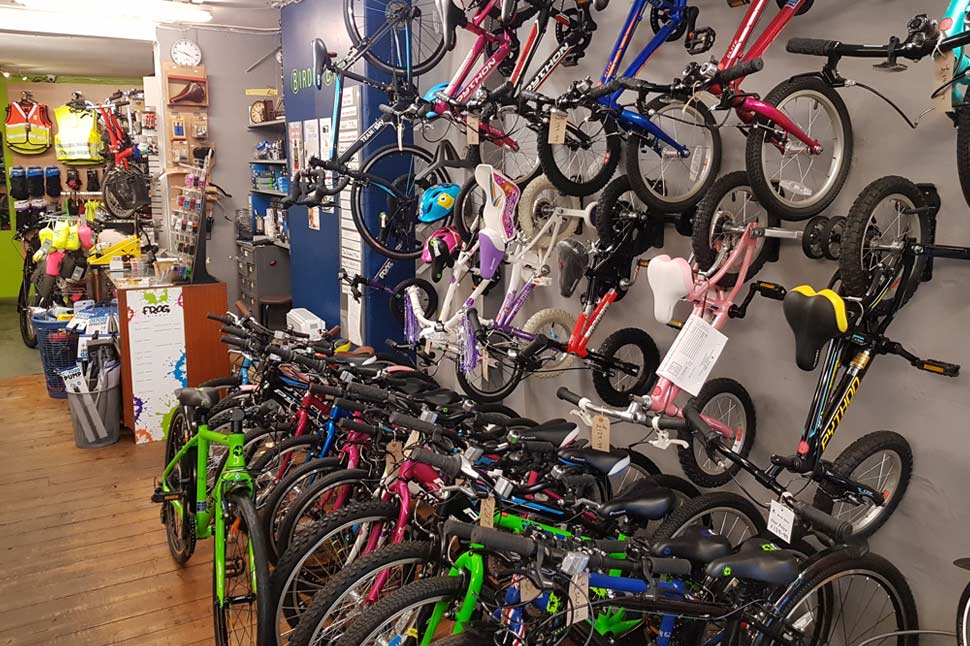 But what exactly should these regular services involve? Adam explains:
But what exactly should these regular services involve? Adam explains:
- A wipe down of the frame, forks and rims – whilst completing a visual inspection for damage
- A brief clean of the chain
- Checking of the tyre pressures
- Lubricating the chain and cables
3. Invest in the Right Tools
If you fail to prepare, then prepare to fail, right? There are some relatively inexpensive bits of kit you can buy to help you keep your bicycle in tip top condition.
- Floor pump with a gauge (£20) – this ensures that you can inflate your tyres and also check that they are pumped to the right pressure. For mountain bike tyres, that will be around 35-45 pounds per square inch (PSI) and road bike tyres between 100-130 PSI.
- A brush cleaning set (£15) – it’s important to have the right tools to clean your bike properly, removing all mud and grit from every nook and cranny.
- Degreaser and chain lube (£5) – these are important for removing the grease from your bike, helping it to run smoothly. Especially important on the chain to allow smooth gear changes.
- Bike cleaner (£10) – a specialist product that helps to clean your bike while not damaging the paintwork or any other parts in the process.
- Disc brake cleaner (£5) – many bikes nowadays have disk brakes, and an inexpensive bottle of cleaner will help them to run smoothly and prevent pad contamination.
3. Use Mudguards
Mudguards have a number of benefits for both you and your bike. First and foremost, they stop unwanted dirt and water spraying up onto your smart work clothes – and they also protect your bike from wear and tear.
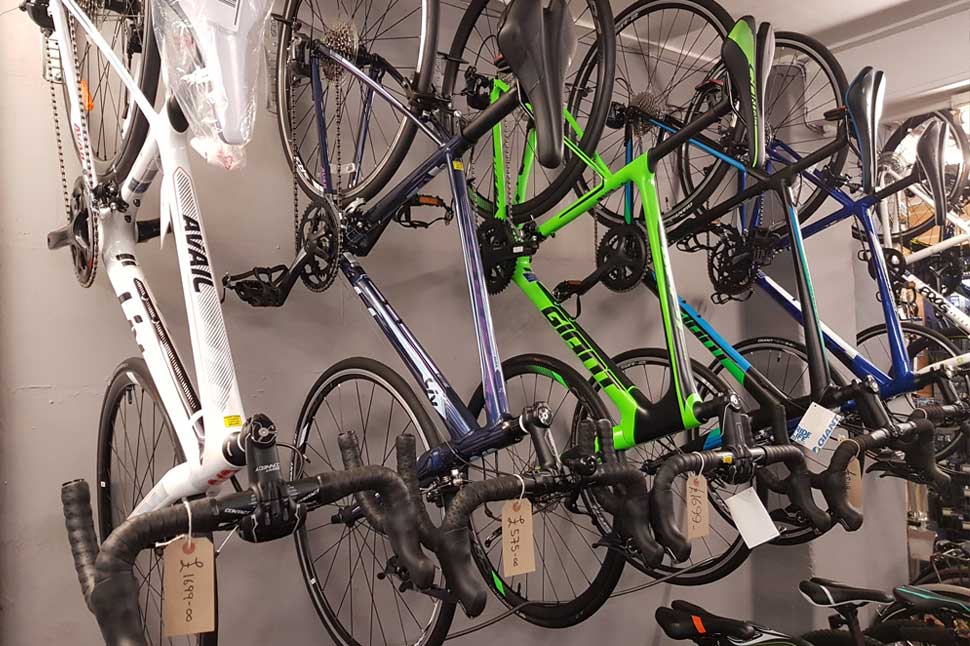 Adam says: “At Birdie Bikes, we advise fitting full-length mudguards if your bike will take them. These not only offer the best protection for riders, but provide protection for the bike’s components, such as the brakes, derailleurs and frame.”
Adam says: “At Birdie Bikes, we advise fitting full-length mudguards if your bike will take them. These not only offer the best protection for riders, but provide protection for the bike’s components, such as the brakes, derailleurs and frame.”
4. Use the Right Tyres
Changing bike tyres should be viewed in much the same way as changing clothes depending on the season. Different tyres are made for different conditions – and the winter especially requires a change.
Adam says: “Really it does depend on someone’s targeted area of cycling. Generally, everyone will aim to increase tyre width, tread depth and puncture protection, with the aim of improving grip and hopefully getting fewer punctures.
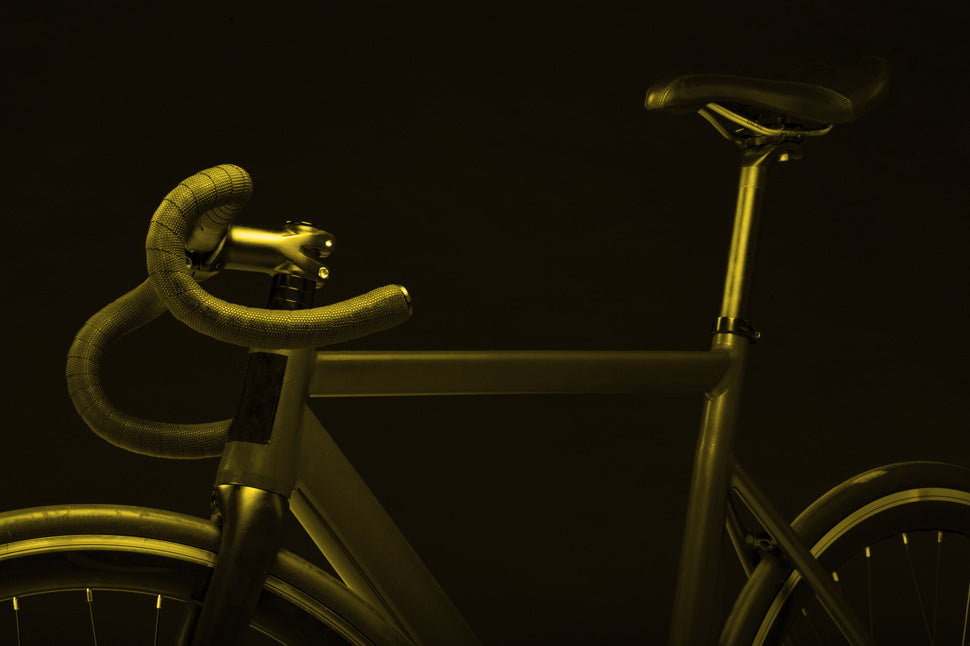 “One of our best-selling tyres is the Schwalbe Marathon Plus. This offers arguably the best puncture protection on the market with a light tread and good rolling resistance. These are available in a range of sizes suitable for hybrids, racing bikes and mountain bikes.
“One of our best-selling tyres is the Schwalbe Marathon Plus. This offers arguably the best puncture protection on the market with a light tread and good rolling resistance. These are available in a range of sizes suitable for hybrids, racing bikes and mountain bikes.
5. Use Good Lights and Clothing
As we all know, the winter months mean much less daylight – making good lights and clothing essential. Not only will bright lights help you to be seen by other road users (plus they’re a legal requirement), but they will also allow you to see any potential obstacles that could damage your bike.
Additionally good quality reflective clothing such as the Proviz Reflect 360 Cycling Jacket will go a long way to ensuring you are seen by drivers out in the winter roads.
So, there we have it, some common issues brought by the adverse weather – and tips on how to combat them. Many are often put off by the idea of winter cycling, yet if done correctly, with appropriate care of your bike, it can be some of the most rewarding cycling of all.
